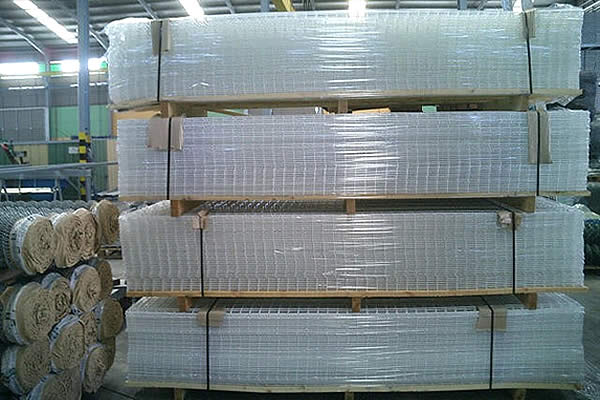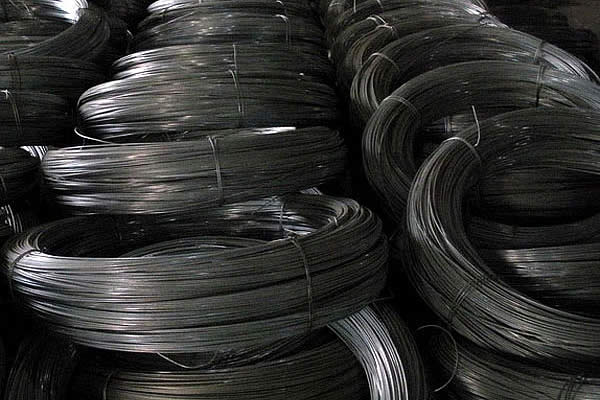Stainless wire feed welding stands as a cornerstone in various industries requiring durable and robust metal fabrications. Its practice, honed through years of industrial experience, not only involves the fusion of materials but demands a keen understanding of both the properties of stainless steel and the intricacies of welding technology. This article delves into the finer aspects of stainless wire feed welding, revealing insights that stem from expert application and authoritative knowledge synonymous with leading metalwork practice.

The core of stainless wire feed welding lies in its capacity to merge stainless steel components while preserving innate material properties, such as corrosion resistance and strength. This welding process employs a consumable electrode wire made of stainless steel, which provides additional material to the joint as it melts. One of the standout aspects of stainless wire feed welding is its adaptability in producing strong welds across a wide range of environments, from aeronautical engineering to food processing equipment, where hygiene and longevity are paramount.
A crucial facet for successful stainless wire feed welding lies in the selection of appropriate filler material. Experienced welders understand that the choice of filler material can significantly impact the integrity of the weld joint. For instance, using a filler wire compatible with the base material’s alloy composition ensures optimal structural performance and resistance to thermal shocks. Another pointer for achieving weld excellence involves controlling the heat affected zone (HAZ). Stainless steels are particularly sensitive to alterations in their crystalline structure, making precision in temperature regulation paramount to avoid issues such as warping or loss of corrosion resistance.

The expertise required for stainless wire feed welding extends to understanding various welding methods within this domain. Techniques like Gas Metal Arc Welding (GMAW) and Flux Cored Arc Welding (FCAW) are integral to this. GMAW, often referred to as MIG (Metal Inert Gas) welding, involves the use of a shielding gas to protect against oxidation. An expert welder will know that choosing the correct gas—often argon or an argon-helium mix—plays a vital role in the quality of the weld bead’s appearance and integrity. Conversely, FCAW combines aspects of MIG welding by using flux-cored wire, benefitting projects that require rapid welding speeds and deeper penetration despite less-than-ideal environmental conditions such as high winds.
stainless wire feed welding
The authoritativeness of a welding technology is often reflected in its regulatory and safety standards. With stainless wire feed welding, adherence to recognized welding codes, such as those established by the American Welding Society (AWS), ensures that every bead run and seam meets stringent quality checks necessary for applications that tolerate zero failure rates. Mastery over welding codes further assures clients of the product’s safety, lending welding operations a level of trust seldom matched.
Trust in stainless wire feed welding also ascends from ongoing training and certification. Welding professionals not only submit to continual skill assessment but also embrace novel advancements in welding technology. This commitment to lifelong learning sees these experts celebrating innovations, from enhanced automatic welding systems to software-driven precision controls, ultimately increasing uptime efficiency and operational satisfaction.
The trustworthiness of information shared about stainless wire feed welding, therefore, draws on experienced practitioners’ insights aligning with empirical expertise. These professionals offer valuable advice, such as routine equipment maintenance tips ensuring wire feed consistency or recognizing the subtleties of power source settings instrumental in achieving smooth arc performance. Welding experts understand that attention to such details can make the difference between a weld that merely suffices and one that excels over long-term use.
Stainless wire feed welding, as discussed, is much more than technique; it intertwines technical proficiency, authoritative guidance, and unwavering commitment to quality. As industries evolve, relying on the lasting honor of steel, the expertise of seasoned welders ensures that every joint stands the test of time, woven into the fabric of essential infrastructures and applications demanding resilience and perfection.
 TEL:
+86-13102802206
TEL:
+86-13102802206
 Email:
fencenetting@china.com
Email:
fencenetting@china.com
 Language
Language
 TEL:
+86-13102802206
TEL:
+86-13102802206
 Email:
fencenetting@china.com
Email:
fencenetting@china.com
 Language
Language



